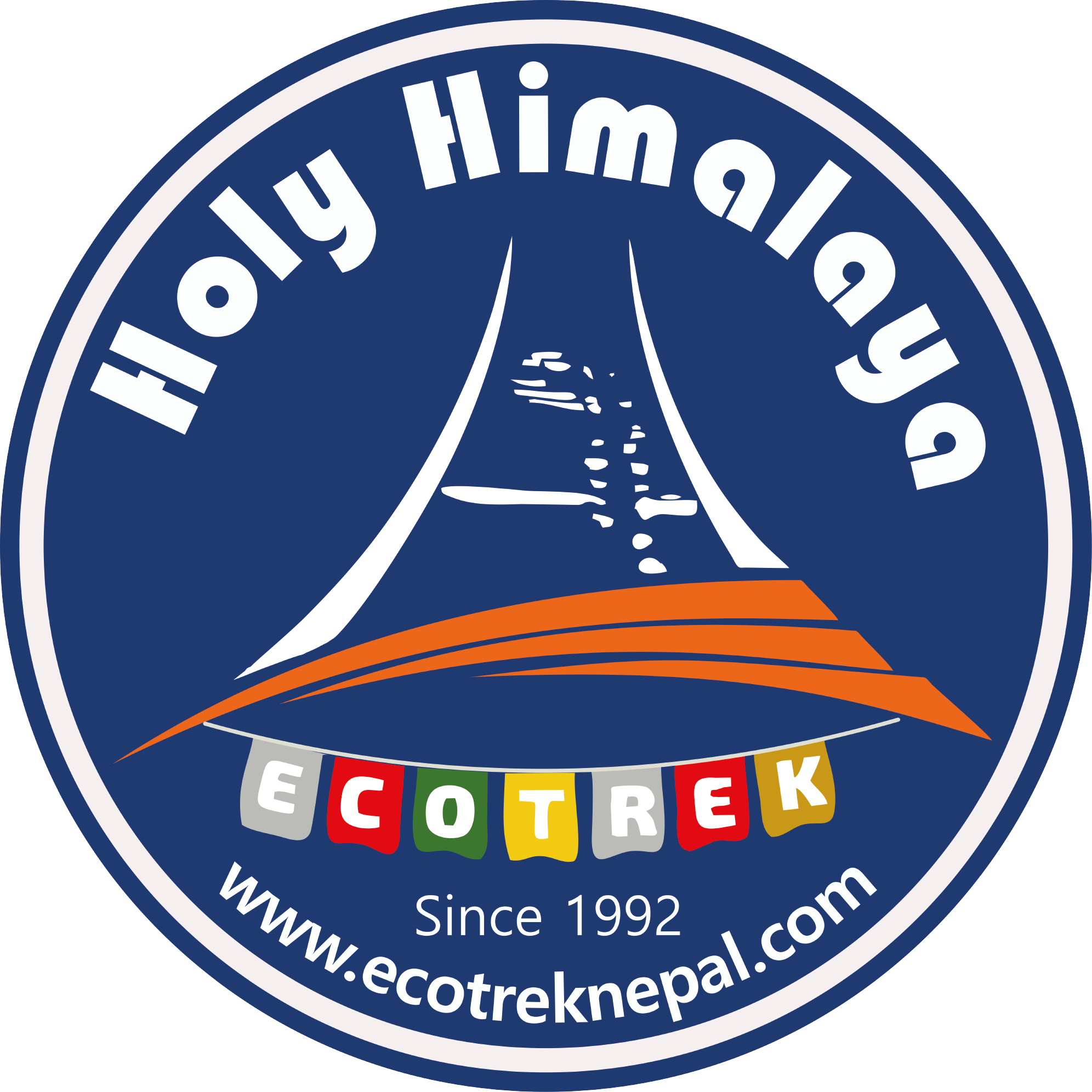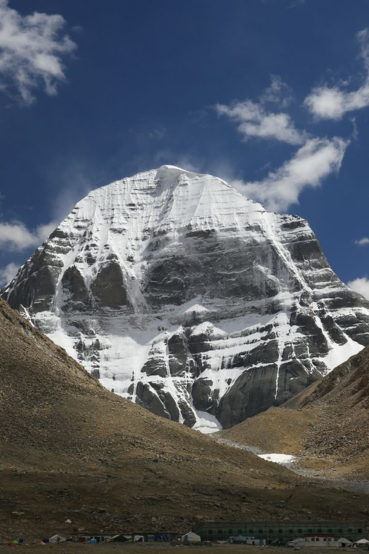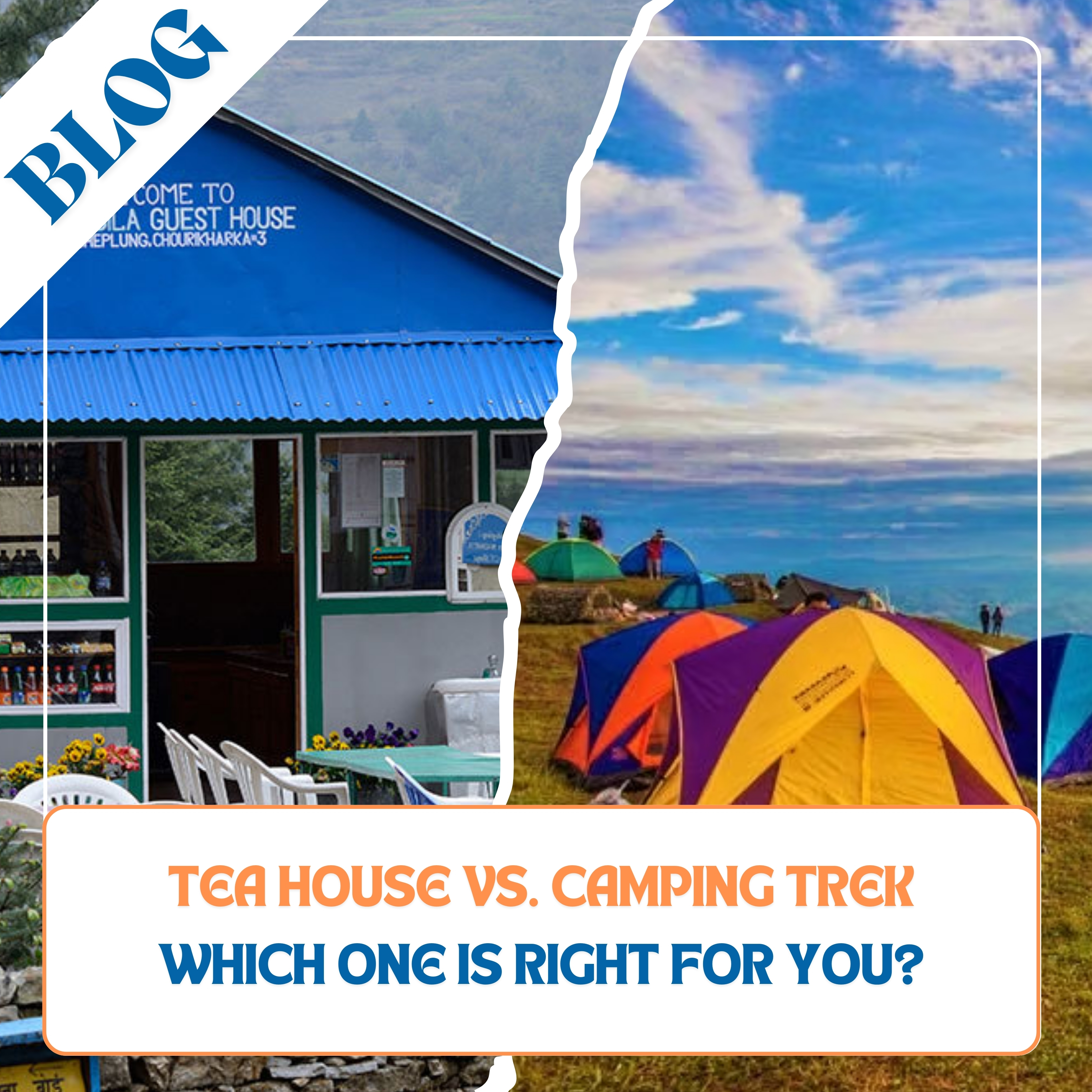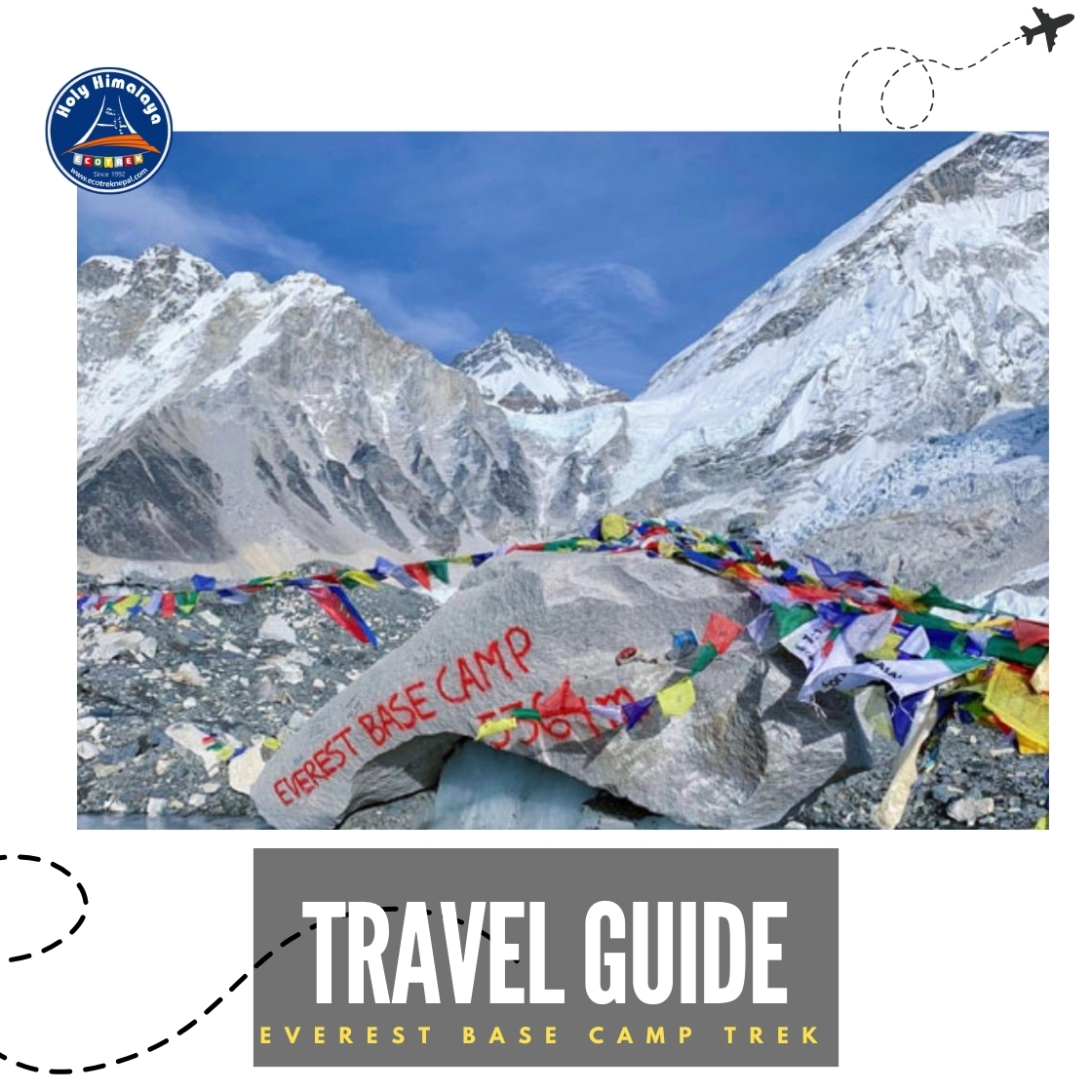Trekking in the Himalayas is an amazing experience, but how you do it can make a big difference. The two main ways to trek are tea house trekking and camping trekking. Both let you enjoy nature, but they offer different experiences. Let’s break it down so you can decide which one suits you best.
What is a Tea House Trek?
A tea house trek means staying in small lodges along the route. These are run by local families and provide a cozy place to sleep and warm meals, making your trek easier and more comfortable.
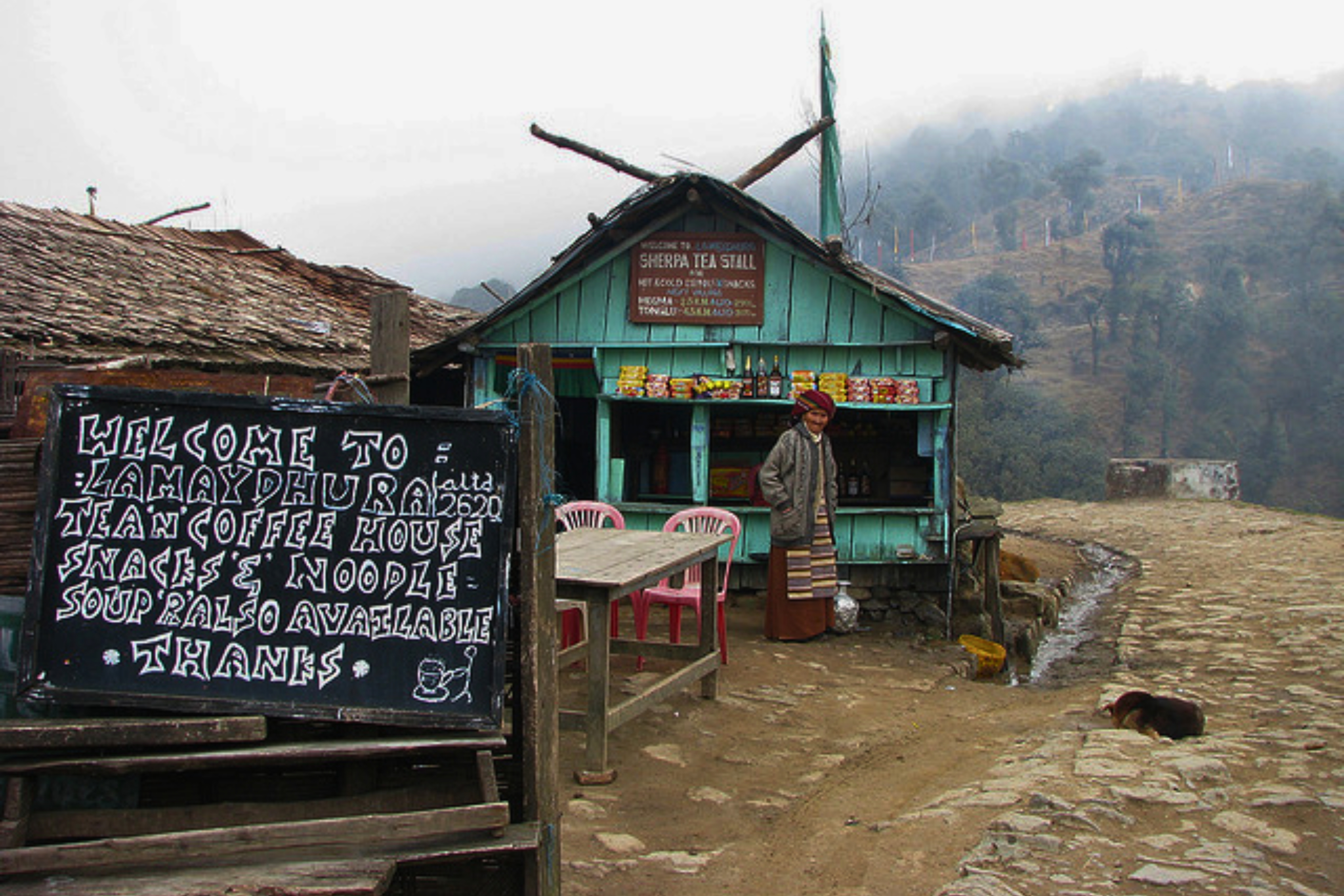
Why Pick a Tea House Trek?
- Easy and Comfortable: You get a bed and hot meals, so there’s no need to carry heavy camping gear.
- Meet Locals: You stay with Nepalese families, learn about their culture, and experience their warm hospitality.
- Less to Carry: No need for tents or cooking supplies, making the trek lighter and more enjoyable.
- Affordable: Since tea houses provide everything, it usually costs less than a camping trek.
- Tasty Food: Enjoy Nepali dishes like dal bhat, momos, noodles, and Tibetan bread, plus some Western meals in popular areas.
What to Keep in Mind
- Simple Facilities: Some tea houses have basic rooms, shared bathrooms, and limited hot water.
- Busy During Peak Season: In popular trekking months, tea houses fill up fast, so booking ahead is a good idea.
- Less Wild: You stay in villages instead of deep in the wilderness, so it may not feel as adventurous.
What is a Camping Trek?
A camping trek means carrying everything you need—tents, food, cooking gear, and more. You’ll have a team of guides, porters, and cooks to help you. This trek is great for remote routes where no lodges are available.
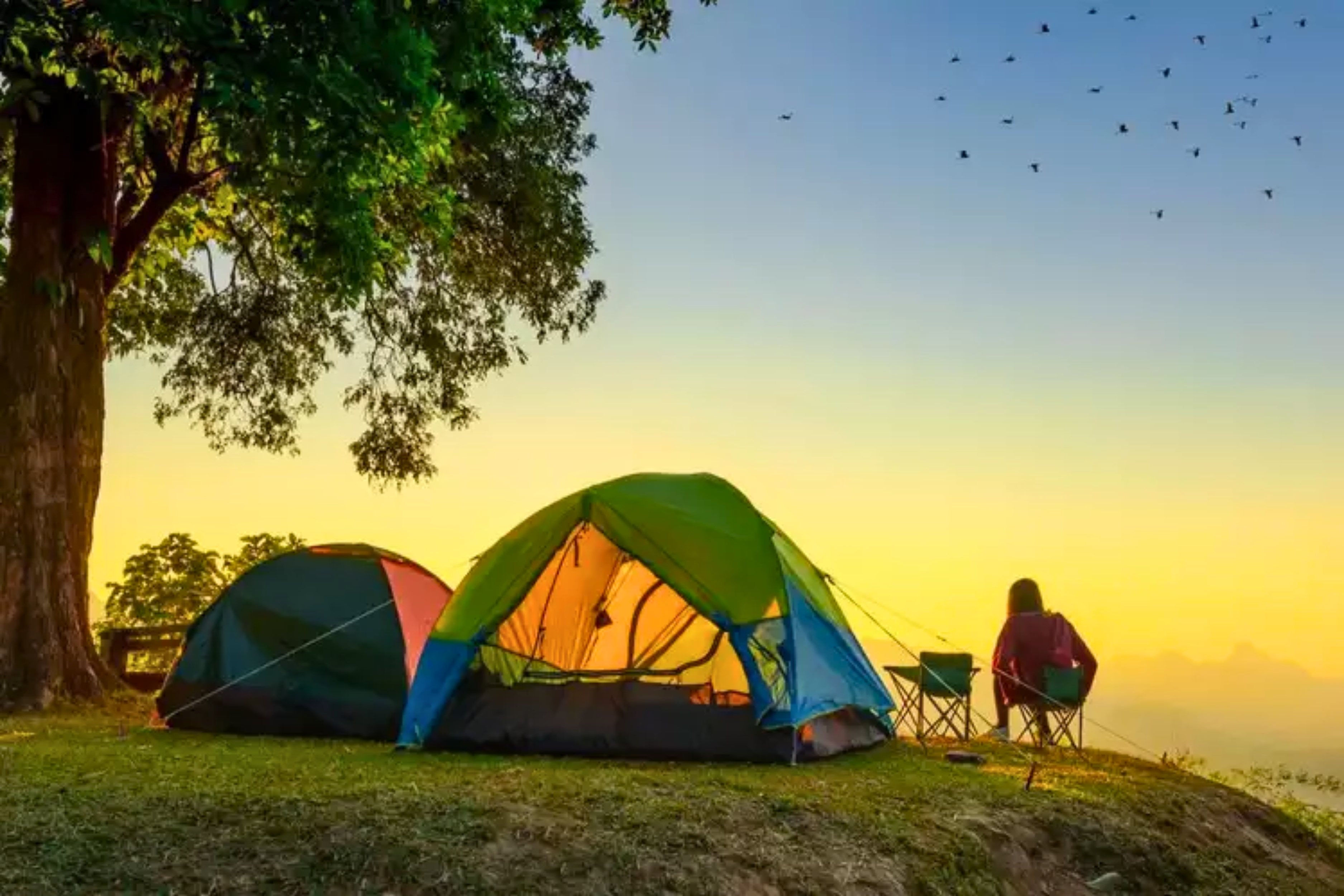
Why Pick a Camping Trek?
- Total Freedom: You are not limited to set routes or tea houses. You can camp anywhere it’s allowed and explore untouched nature.
- Peace and Solitude: Avoid crowded trails and enjoy nature in its purest form.
- Freshly Cooked Meals: A cook prepares your food, and you can eat meals suited to your taste.
- Deep Nature Connection: Sleeping under the stars and waking up to stunning landscapes makes this a unique experience.
What to Keep in Mind
- More Expensive: You need extra staff and equipment, which increases the cost.
- More Planning Needed: You have to organize food, tents, and logistics carefully.
- Physically Tougher: Carrying and setting up camp takes more effort than staying in a tea house.
- Weather Challenges: Camping can be uncomfortable in bad weather, while tea houses provide shelter and warmth.
Which One is Best for You?
If you want a simple, social, and budget-friendly trek, a tea house trek is perfect. If you’re looking for adventure, solitude, and a true wilderness experience, go for a camping trek.
Tea house treks are great for beginners and those who like meeting people. Camping treks are better for experienced trekkers who want to explore off-the-beaten-path areas.
No matter which you choose, both treks offer an unforgettable experience. Pick the one that matches your adventure style and get ready to explore the Himalayas!
